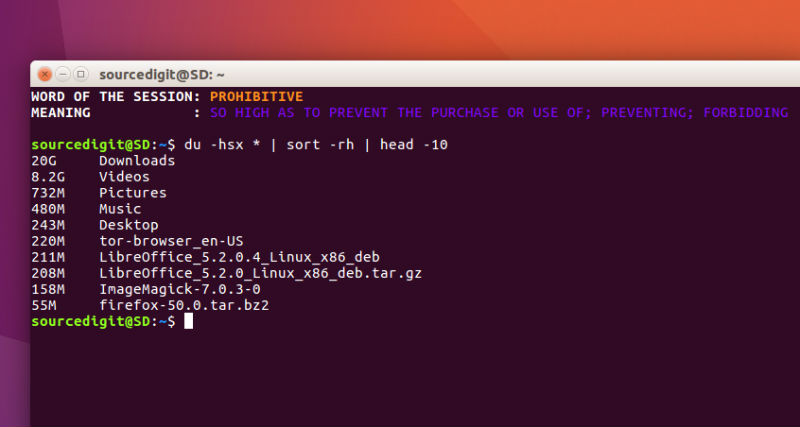


Additionally, there is also the older, original locate command whence they came. You may be aware of one of its close relatives: slocate, which securely (note the prepended letter s for secure) took note of the pertinent file permissions to prevent unprivileged users from seeing privileged files). And, imagine trying to vaguely guess the path of the file you’ve never seen but that your boss is certain lives somewhere on the busy /var partition. There often comes a time when simplicity is the preferred route, however - especially when a testy boss is leaning over your shoulder, chatting away about how time is of the essence. This is not necessarily because of the find command itself, but coupled with “xargs” you can pass it all sorts of options to tune your output, and indeed delete those files which you have found. The find command is nice and succinct when it wants to be, but it can also get complex very quickly. You can do seemingly endless things with the find command there’s no denying that. Here’s an example that just searches for links inside a directory, ignoring files: # find. It is unquestionably exceptionally sophisticated and highly functional. If you’ve used Unix-type machines for a while, then you’ve almost certainly come across the find command before. What do you do when you need to make sure one particular configuration file is up to date, but you can’t remember where it is located? On a busy machine, there can be hundreds of thousands of files present on your filesystems. It’s not uncommon for a sysadmin to have to find needles buried deep inside haystacks.
LINUX FIND FILE HOW TO
Keep following us for more professional tips.Learn how to locate files in this tutorial from our archives. Thank you for reading this tutorial explaining how to find and delete the files in Linux. Most of the tips explained are useful for almost every Linux distribution. It is important to mention that some functions are available only in the find version. This tutorial focuses on finding and deleting the files, but xargs and -exec can be used with many Linux commands. Finding and removing the files with a single command is a knowledge that any Linux user should have independently on his experience. Linux has many methods to achieve the same task. Therefore, if you are dealing with many files, xargs would be convenient over – exec. This makes xargs a little faster than –exec. While xargs executes the command at once for all the matched files. If we use the –exec command to remove the files, it will remove them file by file. Contrary to xargs, – exec executes the command every time a file matches the condition. It can execute commands based on the output of the first command. The previous ls command shows the existing files before executing find, and the second ls shows the result with all the “.txt” files deleted.Īs you can see, the ls ~/dir1/* result was passed by xargs after the mv command. You can see the command in the third line of the following figure. In this case, we will replace the – delete option with the -exec rm again to delete all the “.txt” files as we did in the second example of this document but using a different technique. As you can see, there are different “.txt” files. Now, let’s see a new scenario using the ls command again. “\ ”: The back slash and the semicolon closes or finishes the – exec.name "something.log" -exec rm -rf placeholder which represents the “ log” Of course, you can find and delete the specific files as shown in the following figure where file3 is found and removed.įind. They were removed by the previously executed command. -delete: This option instructs the find command to delete the found files.Īs you can see in the previous screenshot, after executing the ls command again, the txt files don’t show up.“*.txt”: In this particular case, we search all the “.txt” files that we specify by typing “*.txt”.This option must be typed before the file/directory name to define it. -name: This is the option to specify the file/directory target.In case you want to search the directories, replace the f with a d. -type f: This option specifies what files we want to find.Our case is in the home directory, therefore this dot is equal to /home/user. (Dot): The dot after the find command specifies that the operation must be done within the current directory. find: The find command is evidently used to search the files.


 0 kommentar(er)
0 kommentar(er)
